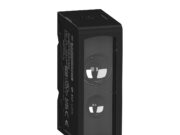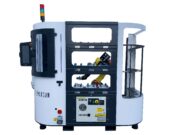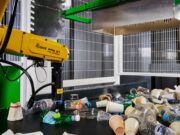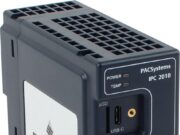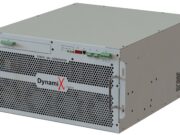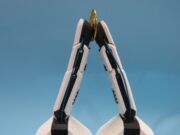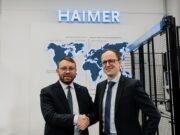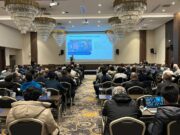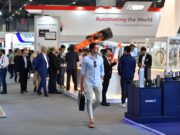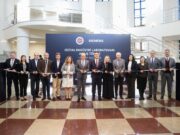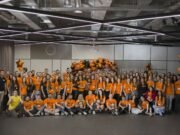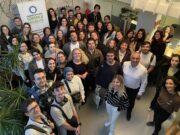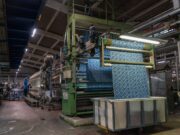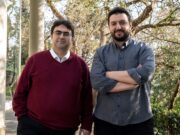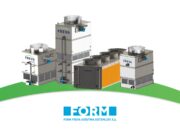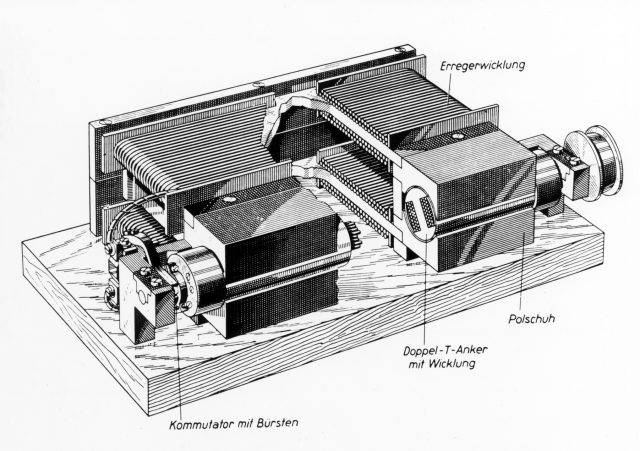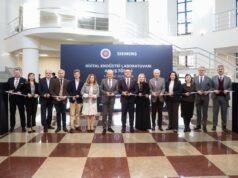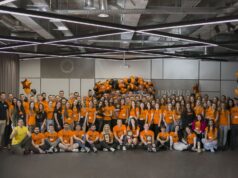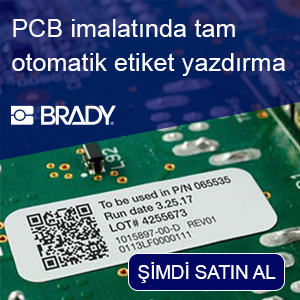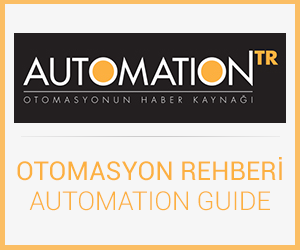150 years ago, Werner von Siemens discovered the dynamo-electric principle and developed the dynamo machine which allowed “any amount of mechanical energy to be converted into electrical energy to be used for electric lighting, metallurgical processes, power transmission and perhaps future purposes of which we are not yet aware” (Werner von Siemens). This innovation laid the foundation for the electrification of the world, helped bring about the advent of electrical machinery and had a lasting and fundamental impact on the speed of industrial processes. This completely changed accepted concepts of time and mobility for the whole of society.
The invention is based on two underlying concepts: Firstly, the current generated by the double-T armature simultaneously acts as the exciter current for the field magnets, whereby an electrical circuit is formed from the armature and exciter winding and the outer electrical circuit. Secondly, the residual magnetism of the magnets is sufficient to initiate the reciprocal amplification of the armature current and the magnetic field. This reciprocal build-up of the induction current and the strength of the magnetic field forms the basis of the dynamo-electric principle. If the principle is reversed, electrical energy can be converted into mechanical energy. This paved the way 150 years ago for the advent of electric motors in industrial production. Initially power transmission to the individual machines took place using transmission belts, while later each individual machine was fitted with its own electric drive.
In 1879, Siemens presented the world’s first electric railway, in 1880 the first electric lift and in 1905 the first ever electrically powered car. In 1906, Siemens unveiled the world’s first reversible electric drive for a blooming train at the Georgsmarienhütte steel works, whose maximum output at the time was 6.800 kW. In the same year, Siemens built its Dynamowerk, a dynamo factory designed to put the dynamo-electric principle into practice in the form of industrial products. This was the first production plant built in what was to become known as the Siemensstadt district in Berlin.
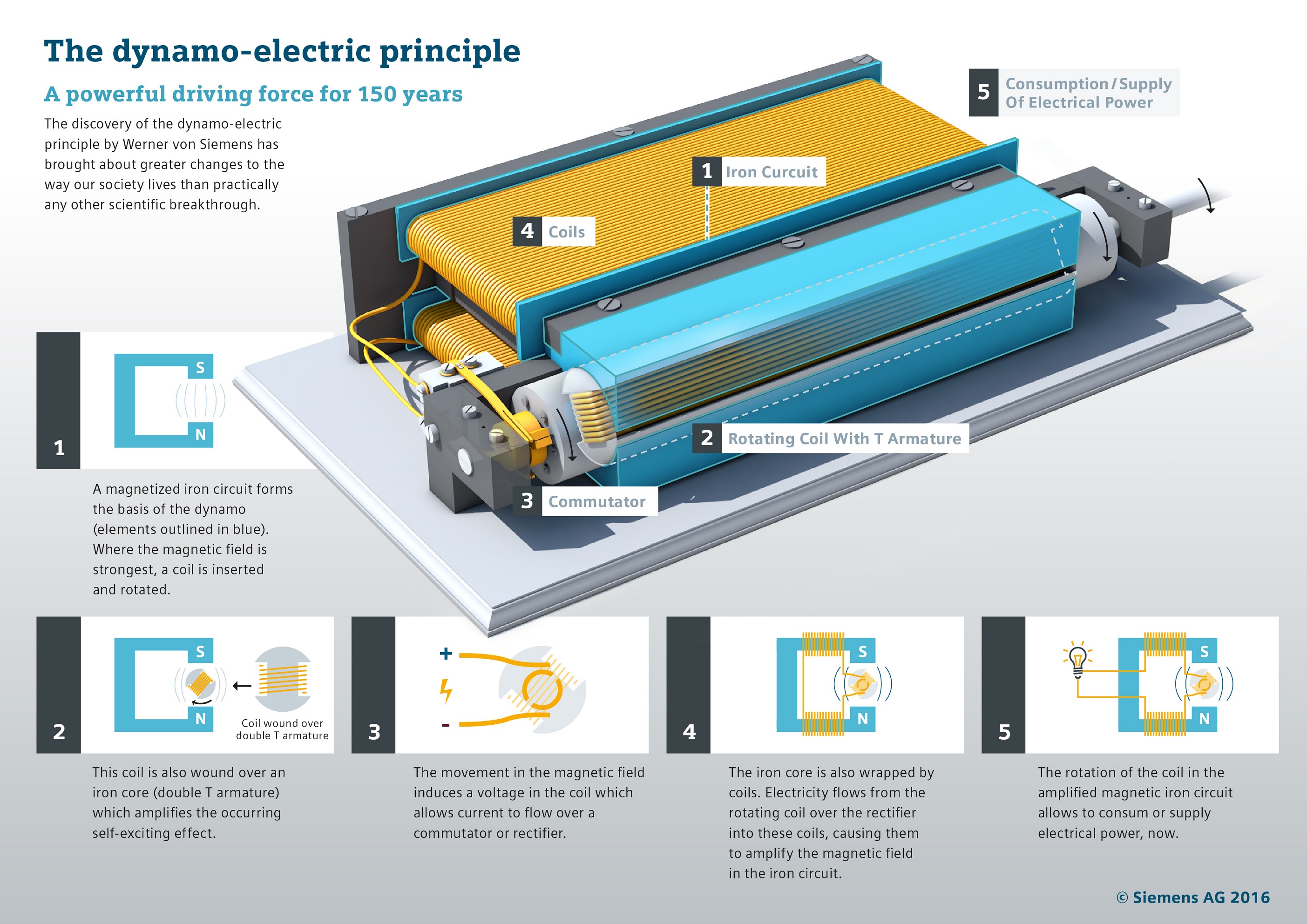
Today, the Siemens portfolio includes drives for every conceivable application, including pumps, fans and compressors for the oil and gas industry, water and wastewater plants, the chemical industry and mining. The company also offers drives for material transport in rolling mills, conveyor belts used in the mining industry, paper machines, discrete material handling and machine tools in production. In addition, applications for mobility such as traction motors for high-speed trains, trams, regional and light rail systems, hybrid and electric buses complete the product range. With its Integrated Drive Systems (IDS), Siemens is addressing the trend towards ever smarter drives with optimum movement patterns and faster networking – particularly given the ever more rapid and fundamental changes to production and process technologies being implemented by customers. Users benefit from the ability to select and operate individual components which are seamlessly matched to create an integrated system with a high degree of efficiency and reliability.
Well timed to coincide with Werner von Siemens’ 200th birthday, Siemens is presenting its integrated drive system comprising a reluctance motor from the Simotics 1LE1 motor platform and specially coordinated Sinamics G120 converters with vector control. In the partial load range, reluctance motors offer a substantially improved level of efficiency over induction motors with the same output, and in many applications, they offer a low-cost alternative to frequency-controlled induction motors.
Even 150 years after the dynamo-electric principle was discovered, the world of electrical engineering continues to provide enormous scope for innovation, as evidenced by the incipient integration of motors into the digital factory, starting with the electronic rating plate through to the digital twin. With MindSphere, the Siemens Cloud for Industry, Siemens is providing an open IoT / cloud platform for the acquisition, transfer, secure storage and provision of data – and with it the ideal digital infrastructure to also enable the trouble-free integration of drives.


